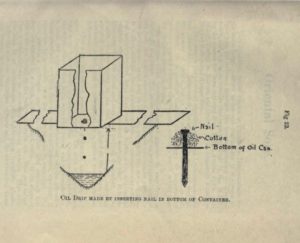Friday May 10th, 1918
Day work, very hot. Malaria cases in many up to slick ?? it will. Rained heavy night again. Abram C Sutton joins up.
Anti-Malaria Campaign
This is the first time that Frank has mentioned the number of troops going down with malaria, though we have read a lot in both his diary and the Battalion’s about various anti-malaria initiatives.
Contemporary accounts show that the incidence of malaria in Macedonia varied through the year. ‘Amongst British troops, peak prevalence patterns were observed seasonally from July to November in 1916 and 1917, and with double peaks between May and November in 1918.’ º Average mortality was less than 2% for the duration of the BSF campaign though it peaked at over 5% in September 1917.º Frank has obviously noticed the first of the two peaks in 1918.
The prophylactics were both personal and general. Each soldier was given a course of quinine regularly and had to fall in on parade to receive it. A contemporary account noted, ‘In dealing out prophylactic-quinine to soldiers it is highly important to see that it is duly swallowed. If quinine prophylaxis is adopted it must be carried out thoroughly and carefully, otherwise it is a mere waste of money, engenders a false sense of security and leads to erroneous conclusions.’¹

Other preventative initiatives concentrated on the terrain and eradicating the breeding grounds of the mosquito. These often involved significant effort, with large teams of soldiers. They included the drainage of marshland, canalization of streams, cutting or burning of long grass around camps and the construction of mosquito-proof huts and bivouacs. All of these are underway in Saida, and, according to today’s Battalion diary, are almost complete.
Sometimes these measures included use of oil on water. ‘Camps often abound in drainage channels and ditches, while military positions are not uncommonly traversed by small streams. For such the use of an oil drip as show in Fig 23 is recommended.’¹*
13th (Service) Battalion War Diary – 10th May 1918 – Saida
Anti malarial work is now practically completed. The construction of sunproof dining shelters is progressing well. Platforms for bivouacs are now being dug in the sleeping compounds.
References & Further Reading
º ‘Malaria’s contribution to WWI – the unexpected adversary‘ by Bernard J Brabin
¹ ‘Memoranda on Some Medical Diseases in the Mediterranean War Area with some Sanitary Notes’, 1916, published under the Authority of HMSO, London. Page 70
* Figure 23, page 77, from above named book. Image may be subject to copyright.


